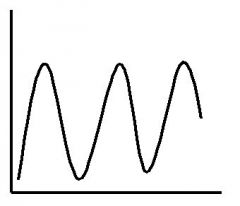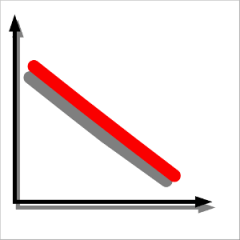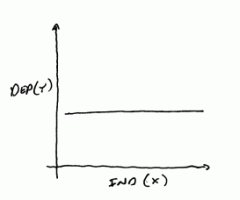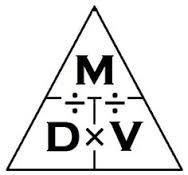![]()
![]()
![]()
Use LEFT and RIGHT arrow keys to navigate between flashcards;
Use UP and DOWN arrow keys to flip the card;
H to show hint;
A reads text to speech;
22 Cards in this Set
- Front
- Back
|
Direct relationship
|
|
|
|
Inverse relationship
|
as one variable increases the other decreases |
|
|
cyclic relationship
|
variables repeat and are predictable |
|

|
Cyclic As x increases, y increases and decreases in a repeating pattern |
|

|
inverse As x increases, y decreases |
|

|
no relationship As x increase, y stays the same |
|
|
dynamic equilibrium
|
|
|
|
density
|
how close or compact the molecules are
|
|
|
as temperature increases
|
volume increases |
|
|
as pressure increases |
density increases (molecules move closer together) |
|
|
same objects have
|
same density NO MATTER WHAT SIZE |
|
|
as water freezes it becomes
|
|
|
|
water has the density of |
1.0 g/cm3 when it is still a liquid at 4℃ |
|
|
for objects with densities less than 1, the lower it is
|
the higher it floats |
|
|
density triangle
|

cover up the variable you want to solve for D=m/v v=m/D m=Dxv |
|
|
observation
|
Collecting data using senses
|
|
|
inference
|
a guess based on observations |
|
|
prediction |
|
|
|
classification |
grouping of objects based on observations |
|
|
rate of change
|
ROC = change in value/time |
|
|
volume
|
length x width x height |
|
|
displacement method |
GC final - GC initial |

